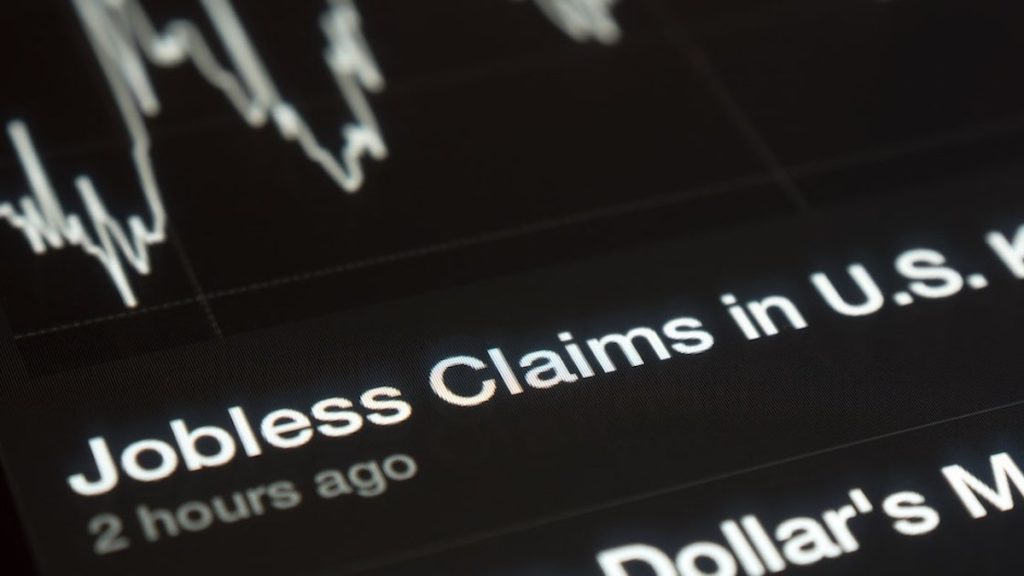Washington, D.C. (PPD) — The U.S. Labor Department (DOL) reported initial jobless claims rose slightly more than expected by 4,427,000 for the week ending April 18, due to the mitigation efforts to slow the spread of the coronavirus (COVID-19). That’s a decrease of X from the previous week’s downwardly revised (-8,000) level of 5,237,000.
Forecasts ranged from a low of 3,000,000 to a high of 5,500,000. The consensus forecast was 4,250,000. Roughly 26 million Americans are now out of work as a result of the efforts to slow the spread of the coronavirus (COVID-19).
The 4-week moving average was 5,786,500, an increase of 280,000 from the previous week’s revised average. The previous week’s average was revised down by 2,000 from 5,508,500 to 5,506,500.


The advance seasonally adjusted insured unemployment rate rose again to 11.0% for the week ending April 11. This marks the highest level of the seasonally adjusted insured unemployment rate in the history of the seasonally adjusted series.
The previous high was recorded last week at 8.2% for the week ending April 4. The all-time high prior to that was 7.0%, recorded in May of 1975. Under the Trump Administration, this rate had fallen to an all-time low 1.1% and remained at 1.2% just weeks ago, before coronavirus (COVID-19) mitigation efforts.
The advance number for seasonally adjusted insured unemployment during the week ending April 11 was 15,976,000, an increase of 4,064,000 from the previous week’s revised level. This marks the highest level of seasonally adjusted insured unemployment in the history of the seasonally adjusted series. The previous week’s level was revised down by 64,000 from 11,976,000 to 11,912,000.
The 4-week moving average was 9,598,250, an increase of 3,548,000 from the previous week’s revised average. The previous week’s average was revised down by 16,000 from 6,066,250 to 6,050,250.
No state was triggered “on” the Extended Benefits program during the week ending March 28.
The highest insured unemployment rates in the week ending April 4 were in Michigan (17.4), Rhode Island (15.0), Nevada (13.7), Georgia (13.6), Washington (13.2), New Hampshire (12.2), Minnesota (11.9), New York (11.9), Montana (11.7), and Ohio (11.6).
The largest increases in initial claims for the week ending April 11 were in Colorado (+58,246), New York (+50,250), Missouri (+10,668), Florida (+10,534), and North Carolina (+2,733), while the largest decreases were in California (-263,342), Michigan (-166,347), New Jersey (-73,416), Georgia (-70,551), and Ohio (-66,874).
The most damning journalistic sin committed by the media during the era of Russia collusion…
The first ecological study finds mask mandates were not effective at slowing the spread of…
On "What Are the Odds?" Monday, Robert Barnes and Rich Baris note how big tech…
On "What Are the Odds?" Monday, Robert Barnes and Rich Baris discuss why America First…
Personal income fell $1,516.6 billion (7.1%) in February, roughly the consensus forecast, while consumer spending…
Research finds those previously infected by or vaccinated against SARS-CoV-2 are not at risk of…
This website uses cookies.